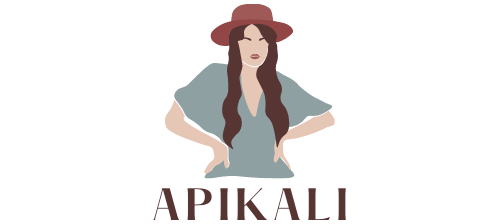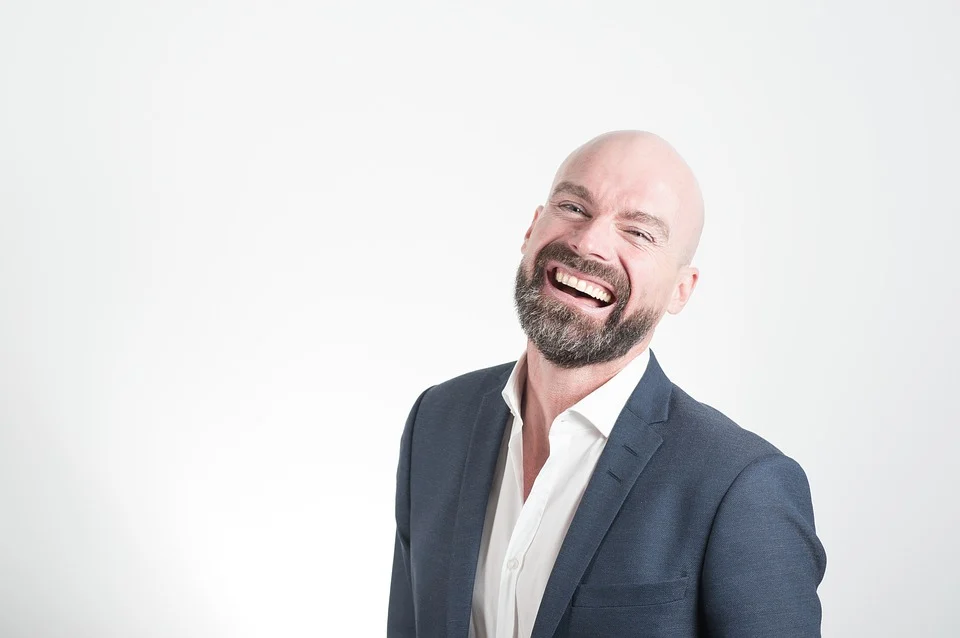
What is Phimosis?
The physician can do an incomplete circumcision with no necessity of using glues during routine procedures. It is also possible to combine the two techniques by stitching both foreskin and thigh skin sides. A smaller area of the skin is used for this process and the freshly stitched flap will be stitched directly over the same surgery place. A ring made of plastic is utilized for securing the flap the skin to ensure that it does not flake or tear.
Sometimes, the doctor may decide to sew each side of foreskin at one site for surgery. If the scarring is significant or the size of the wounds around the site is unacceptable, the surgeon will only perform one side. If a child requires part-circumcision, parents will be told about phimosis. When the child can lie in a position of sitting or lying down, his parents will aid him in getting up. The doctor will then apply a dressing to the area and prepare the wound for success. The amount of phimosis depends on the baby’s weight as well as his age.
A complete removal of the skin can result in severe pain and respiratory difficulties. This is the reason that most kids who are circumcised in a partial way do not require it. Topical agents can be employed to anesthetize babies suffering from Phimosis. But, the majority of babies are benefited by having their entire foreskin taken off.
Adelaide circumcision clinic may be performed along with standard circumcision to address a variety of reasons. If the foreskin remains partly stuck because of the development of scar tissue, partial circumambulation might not be viable. Paraphimosis, which is a severe form of the condition, happens when the foreskin is trapped at the glans and is unable to cover the top or bottom of the penis. This condition can cause significant irritation and unpleasant discharge. Fortunately, paraphimosis and its complications are rarely experienced in the case of a normal penis circumcised enlargement.
As part of routine care certain doctors might perform partial circumcisions for small children after parents have decided to have their baby circumcised. It is also possible to perform partial circumambulation for parents who require permanent birth canals for reasons of health or want the best outcome after the operation. Circumambulation in part is generally applied to newborns who face difficulties removing their skin or suffer from severe surgical scars. In order to heal properly, certain infants may require a partial or complete circumcision. For children and infants who are unable to remove their skins, a partial circumambulation might be the only solution.
Phimosis has nothing to do with the absence of small quantities of abuse, however it is common among young boys who masturbate by themselves. This should be completed prior to masturbation , or following voluntary self ejaculation, but if you notice that your child is masturbating before the time parents should be certain that their child receives urgent medical care. A doctor who specializes in the treatment of sexually transmitted disorders can advise a parent of other ways to protect themselves from exposure to infectious organisms.
Full circumferential surgeries are typically preferred for babies due to of the pain and complications caused by partial circumcision. The procedure is often suggested to infants who exhibit signs of early self-willingness , or individuals with noticeable and big ears or who have a history of acute burn injuries. Full circumferential procedures are performed for babies who are 4 and 6 months old. year old. Baby can heal of partial circumcision all on his self, but may need to be admitted to a hospital to treat the wounds or infections.
Many elect surgeons specialize in infantile the phimosis. A specialist in this procedure will assess your infant’s health and suggest a treatment which addresses the phimosis and other medical problems. Consult your doctor about whether your child’s had a circumcision. This can help avoid a repeat. A skilled doctor can help you determine if your baby is in need of a procedure to reverse the negative effects of circumcision.


